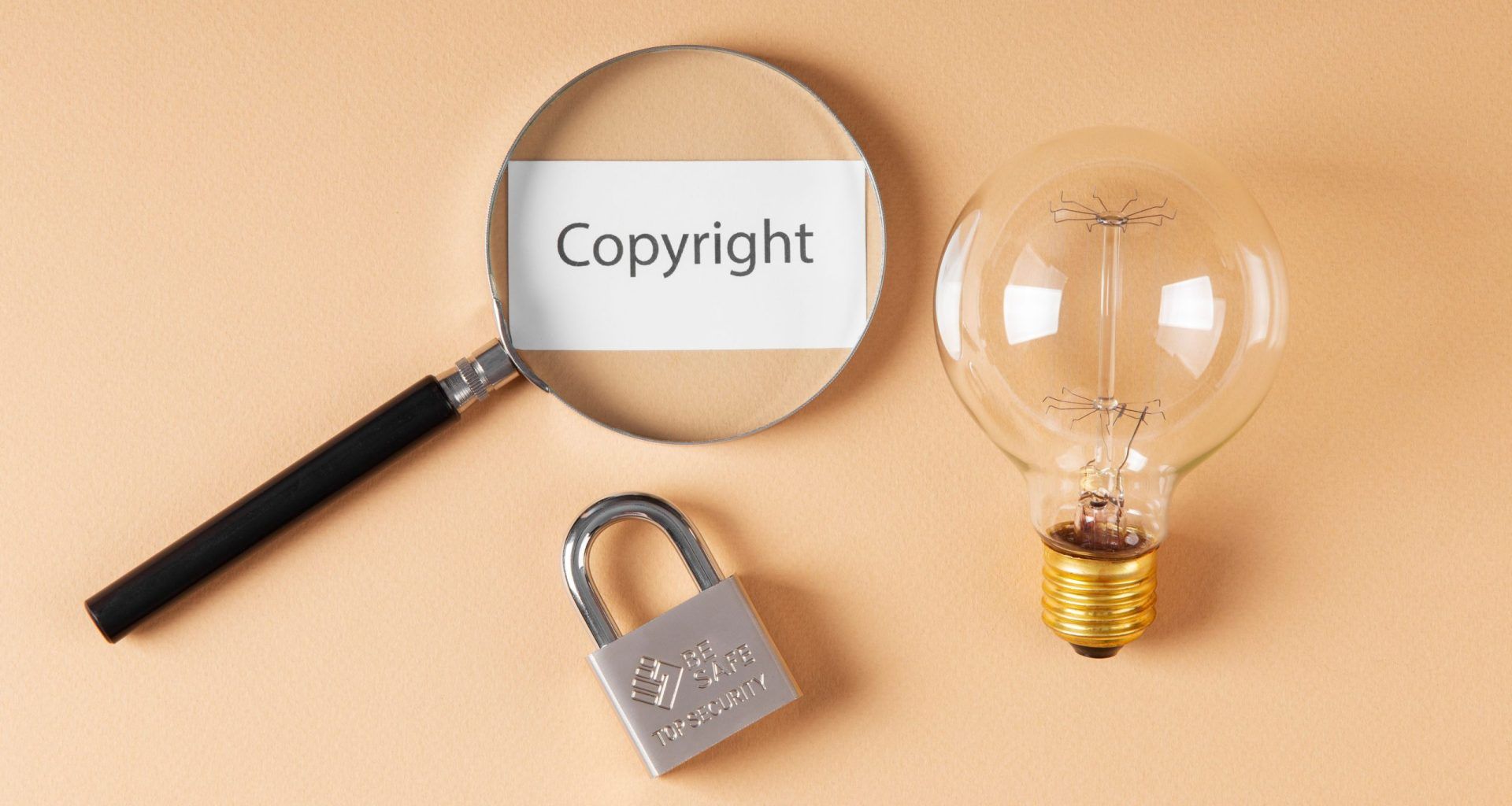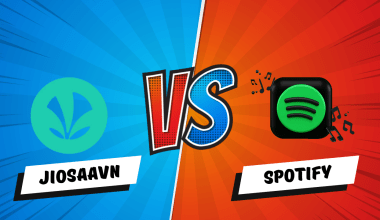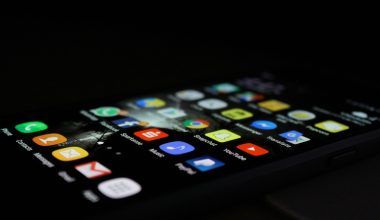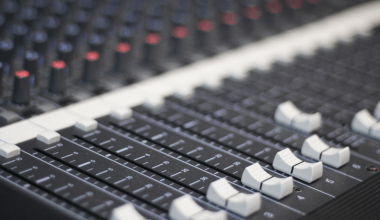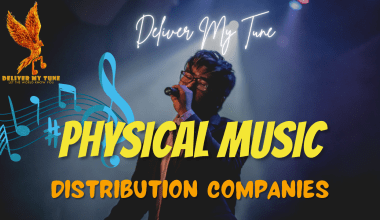Dealing with copyright infringement is a significant concern for musicians. When someone uses your music without permission, it not only violates your rights but can also lead to financial losses and damage to your reputation. This blog will guide you through how to deal with copyright infringement in the music industry, offering practical steps and strategies to protect your creations.
Understanding Copyright Infringement in Music
Copyright infringement in music occurs when someone uses your copyrighted song without permission. This includes copying, distributing, performing, or displaying your music without your consent. Understanding the basics of copyright law is crucial in knowing how to deal with copyright infringement.
What is Copyright in Music?
Copyright is a legal protection given to the creators of original works, including musical compositions and sound recordings. It gives the creator exclusive rights to use, distribute, and modify their work.
Types of Copyright Infringement in Music
There are several types of copyright infringement in music, including:
- Direct Infringement: Unauthorized use of your song.
- Contributory Infringement: When someone contributes to or induces another to infringe on your copyright.
- Vicarious Infringement: When someone has the right and ability to control the infringing activity and receives a financial benefit from it.
Why Copyright Infringement Matters in Music
Copyright infringement can have significant negative impacts on musicians. It can lead to lost revenue, as infringers may profit from your work without compensating you. It can also damage your reputation if the infringing use is of poor quality or associates your work with inappropriate content. Understanding how to deal with copyright infringement is essential for protecting your creative and financial interests.
Steps to Deal with Copyright Infringement in Music
Knowing how to deal with copyright infringement in music involves a series of steps, from identifying the infringement to taking legal action.
1. Identify the Infringement
The first step in how to deal with copyright infringement is to identify whether your music has been used without permission. Regularly monitor platforms where your music is likely to appear, such as streaming services, social media, and online marketplaces. Using tools like Google Alerts or music recognition software like Shazam can help you find instances of infringement more efficiently.
2. Gather Evidence
Once you identify the infringement, gather evidence. This includes screenshots, URLs, and any other relevant information that shows your music has been used without permission. Evidence is crucial when learning how to deal with copyright infringement because it supports your case if legal action becomes necessary.
3. Contact the Infringer
Sometimes, the infringer may not be aware that they are violating copyright laws. Contacting them directly and requesting that they remove the infringing content can often resolve the issue amicably. Be polite but firm, and provide evidence of the infringement. Here is a simple template you can use:
Subject: Unauthorized Use of Copyrighted Music
Dear [Infringer's Name],
I am writing to inform you that I have discovered the unauthorized use of my copyrighted music on your website/social media page/platform. Specifically, [describe the infringement and provide evidence].
I kindly request that you remove the infringing material immediately and confirm in writing that you have done so. If I do not receive a response within [number of days] days, I will be forced to take further legal action to protect my rights.
Thank you for your prompt attention to this matter.
Sincerely,
[Your Name]
4. Send a Cease and Desist Letter
If direct contact does not resolve the issue, the next step in how to deal with copyright infringement is to send a cease and desist letter. This formal document demands that the infringer stop using your music and remove any infringing content. It also serves as a warning that legal action may follow if they do not comply.
5. File a DMCA Takedown Notice
For online infringements, filing a DMCA (Digital Millennium Copyright Act) takedown notice can be an effective way to remove the infringing content. The DMCA allows copyright owners to request that service providers remove or disable access to infringing material. Most major platforms, like YouTube, Facebook, and Instagram, have specific forms for filing DMCA takedown notices.
6. Seek Legal Advice
If the infringement continues, it may be time to seek legal advice. A lawyer specializing in intellectual property can guide you on how to deal with copyright infringement and help you take further legal action if necessary. They can provide you with a more tailored approach and represent you in court if it comes to that.
7. File a Lawsuit
As a last resort, you may need to file a lawsuit. This step in how to deal with copyright infringement involves taking the infringer to court to seek damages and a court order to stop the infringement. Winning a lawsuit can result in financial compensation and legal fees being covered.
Preventive Measures to Protect Your Music
Prevention is always better than cure. Here are some preventive measures to help you understand how to deal with copyright infringement and protect your music:
Register Your Copyright
While copyright protection is automatic upon creation, registering your music with the copyright office provides legal advantages. It allows you to sue for statutory damages and attorney’s fees in case of infringement. Registration also serves as public notice of your ownership, which can deter potential infringers.
Use Watermarks
For visual content like album covers and music videos, using watermarks can deter potential infringers. It makes it clear that the work is protected by copyright and can only be used with permission. Watermarks can be applied to photos, videos, and other digital content.
Licensing Agreements
When sharing your music, consider using licensing agreements. These agreements specify how your music can be used and outline the permissions you grant to others. It is a proactive way to deal with copyright infringement by setting clear boundaries. Licensing agreements can include terms such as duration of use, geographic limitations, and the specific rights granted.
Monitor Your Music
Regularly monitoring the use of your music online can help you catch infringements early. There are tools and services available that can help you track your content and alert you to potential violations. Google Alerts, TinEye for images, and other content monitoring services can be very useful.
Common Misconceptions About Copyright Infringement in Music
Many people have misconceptions about copyright and infringement. Clarifying these can help in understanding how to deal with copyright infringement effectively.
Misconception 1: If It’s on the Internet, It’s Free to Use
One of the most common misconceptions is that if something is available on the internet, it is free to use. This is not true. Most content on the internet is protected by copyright, and using it without permission constitutes infringement.
Misconception 2: Giving Credit is Enough
While giving credit to the original creator is respectful, it does not replace the need for permission. You still need to obtain permission to use copyrighted work, regardless of whether you credit the creator.
Misconception 3: Small Portions of a Work Can Be Used Without Permission
Another misconception is that using small portions of a work does not constitute infringement. In reality, even small portions can be protected by copyright, especially if they are the “heart” of the work. Always seek permission or rely on clear fair use guidelines.
The Role of Fair Use in Music Copyright
Fair use is a legal doctrine that allows limited use of copyrighted material without permission from the copyright owner, under certain conditions. Understanding fair use is crucial in knowing how to deal with copyright infringement.
What is Fair Use?
Fair use allows for limited use of copyrighted material for purposes such as criticism, comment, news reporting, teaching, scholarship, or research. The determination of fair use depends on:
- The purpose and character of the use, including whether it is for commercial or non-profit educational purposes.
- The nature of the copyrighted work.
- The amount and substantiality of the portion used in relation to the copyrighted work as a whole.
- The effect of the use on the potential market for or value of the copyrighted work.
Examples of Fair Use
- Educational Use: Using a copyrighted song in a classroom setting for teaching purposes.
- Parody: Creating a parody that comments on or criticizes the original song.
- News Reporting: Using excerpts from a copyrighted song in news reports.
Limitations of Fair Use
Fair use is not a blanket permission and is determined on a case-by-case basis. It is always safer to seek permission if you are unsure whether your use qualifies as fair use.
Conclusion
Dealing with copyright infringement is a challenging but necessary task for musicians. Understanding how to deal with copyright infringement involves identifying the infringement, gathering evidence, contacting the infringer, sending a cease and desist letter, filing a DMCA takedown notice, seeking legal advice, and possibly filing a lawsuit. Additionally, taking preventive measures such as registering your copyright, using watermarks, employing licensing agreements, and monitoring your music can help protect your creations.
By following these steps and strategies, you can effectively deal with copyright infringement and safeguard your intellectual property. Remember, protecting your music is not just about preserving your rights but also about maintaining the value and integrity of your creations.
For further reading, explore these related articles:
- How will AI change the future of the music industry?
- AI Mastering Software: The Future of Music Production
- 40 Ways to Earn Money as a Musician
For additional resources on music marketing and distribution, visit Deliver My Tune.
